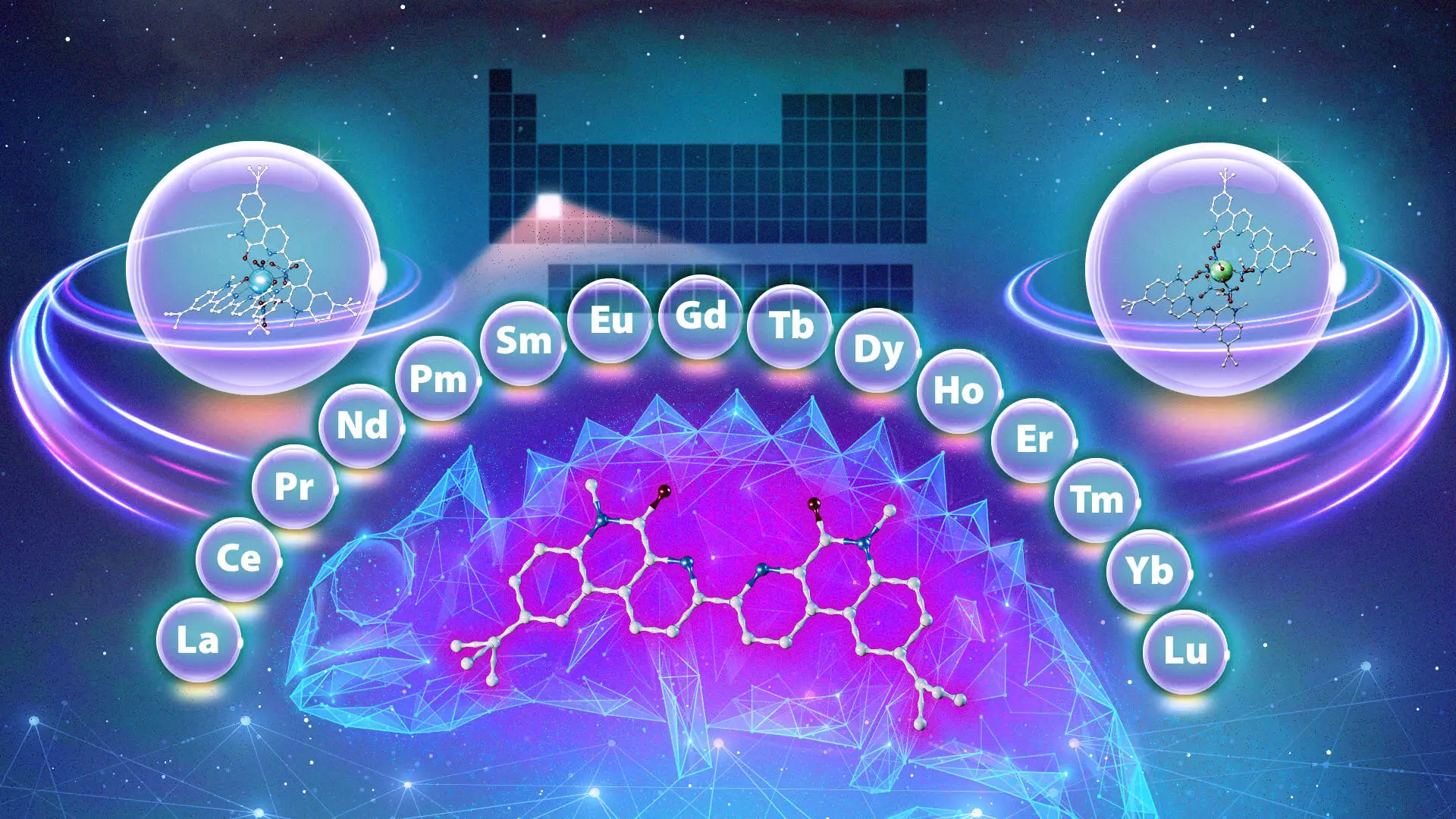In today’s world, the demand for rare-earth metals, particularly lanthanides, is unparalleled, stemming from their essential roles in various advanced technologies. These unique elements have become indispensable in sectors like clean energy, medical instrumentation, electronics, and even national security. Despite often being labeled as “rare,” many of these metals are not scarce in nature, with lanthanides found abundantly in mineral ore deposits. Their true challenge lies not in their availability but in the complexity of purification required to extract them from their natural mixtures with other metals. As industries pivot towards greener technologies, improving the efficiency of lanthanide separation has never been more critical.
The Struggles of Separating Lanthanides
The process of isolating lanthanides is notably arduous because these elements share remarkable similarities in their physical and chemical properties. Discerning one lanthanide from another requires highly precise methodologies, as their ions vary only minimally in size. This similarity complicates typical separation methods—often requiring an intricate series of staged processes to achieve the necessary purity levels. The challenge is compounded by the high costs and environmental impact associated with current techniques, which can generate substantial waste. Thus, researchers and industries alike are on a quest for innovative materials and methods to streamline these separation processes, making them cheaper and more sustainable.
At the heart of the lanthanide separation process lie ligands—molecules designed to selectively bind with specific metals in mixed solutions. Traditionally, the separation of lanthanides involves mixing these ligands into an organic solvent that does not blend with water. Upon contact with a water-based solution of lanthanides, these ligands trap their target metals, allowing them to be extracted from the aqueous phase. Although current methodologies are functional, they often involve a laborious sequence of steps that can be both time-consuming and inefficient in terms of resource and waste management.
A groundbreaking study led by researchers at Oak Ridge National Laboratory (ORNL) in collaboration with Vanderbilt University has unveiled a pioneering ligand capable of adapting its binding behavior based on environmental conditions. This novel ligand functions akin to a chameleon, altering its preferences for binding heavier or lighter lanthanides depending on the acidity of the solution and the duration of interactions. According to Santa Jansone-Popova, one of the study’s co-leads, this adaptability is what makes the chameleon ligand so unique—it can carry out multiple successful separations regardless of whether the lanthanide is at the heavy or light end of the spectrum.
Innovative Mechanisms for Efficient Separation
The implications of this discovery are remarkable. By utilizing a single compound for various separation tasks instead of relying on a series of ligands, the purification process could be significantly streamlined. This could not only hasten the purification of lanthanides but also minimize the steps required, thus cutting costs and reducing environmental damage. Jansone-Popova further highlighted that this chameleon ligand identifies and separates lanthanides based on solution conditions—a feature not previously observed in traditional ligands. This enhanced flexibility could potentially revolutionize the way industrial processes treat lanthanide extraction.
Despite its promising capabilities, the adaptability of the chameleon ligand calls for further exploration. The research team intends to dive deeper into understanding the mechanisms that drive these behavior changes. More critically, this discovery paves the way for the identification and development of other ligands that exhibit similar adaptive properties. This could lead to an entirely new category of materials in the field of separation science—ushering in a new era of efficient purification techniques tailored to meet the environmental and industrial needs of the future.
The recent findings from the ORNL study signify much more than just a novel ligand; they mark a pivotal moment in the quest for improved rare-earth metal purification. As the world leans increasingly towards sustainable technologies, unlocking the potential of materials like the chameleon ligand could yield significant advancements in how we approach the separation of vital elements. Enhanced efficiency, reduced costs, and minimized waste are not just competitive advantages—they are necessities for a sustainable future. This innovative research underscores the importance of continuous scientific inquiry and exploration in addressing complex global challenges.

